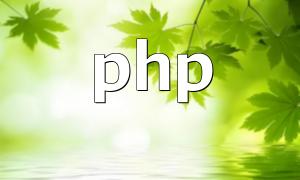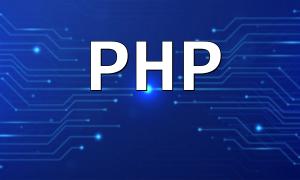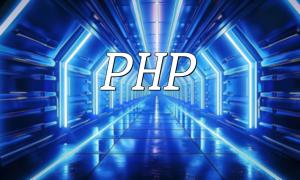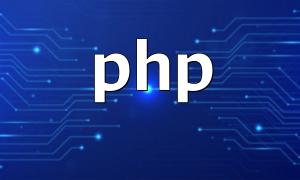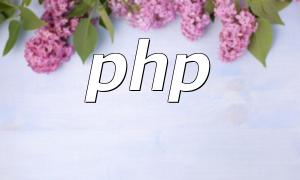PHP is a widely used server-side scripting language in web development. Its parsing process occurs on the server, where PHP code is executed upon user request, generating HTML content that is then sent back to the client.
A notable advantage of PHP parsing is that the server can handle complex logic, interact with databases, and perform other backend tasks. Here’s a simple PHP example:
echo "Hello, World!";In this example, PHP executes on the server and outputs “Hello, World!” to the browser. Because PHP is server-side, the user never sees the source code.
In contrast to PHP, JavaScript is a client-side scripting language primarily used to enhance webpage interactivity and dynamic effects. Once the browser downloads and parses the HTML document, JavaScript code executes on the client side.
The main advantage of JavaScript is its ability to respond instantly to user actions, significantly improving dynamic effects on the webpage. Here's a simple JavaScript example that shows how to display an alert when a button is clicked:
document.getElementById("myButton").onclick = function() { alert("Hello, World!"); };The above code will execute in the browser and respond to user actions instantly, providing a direct interactive experience.
PHP is executed on the server side, while JavaScript runs on the client side. This means that PHP is mainly used for backend tasks like database access and file operations, while JavaScript is used for controlling the frontend user interface and webpage behavior.
Since PHP is parsed on the server side, the initial page load might be slower, but subsequent interactions typically have a faster response time compared to JavaScript. JavaScript, running on the client side, can respond quickly to user actions, especially when handling events.
PHP is typically used for backend logic, data storage, and page generation, while JavaScript is used to enhance the dynamic nature and interactivity of webpages. When combined, the two can create powerful and flexible applications.
For developers, understanding the parsing mechanisms of PHP and JavaScript is crucial. Each language has its strengths and weaknesses, and they complement each other in modern web development. By using PHP and JavaScript appropriately, developers can create richer, more dynamic user experiences.
For those considering building a new project, understanding the parsing mechanisms of these two languages will help you make a more informed technical decision. We hope this comparison has provided valuable insights for your development work.

